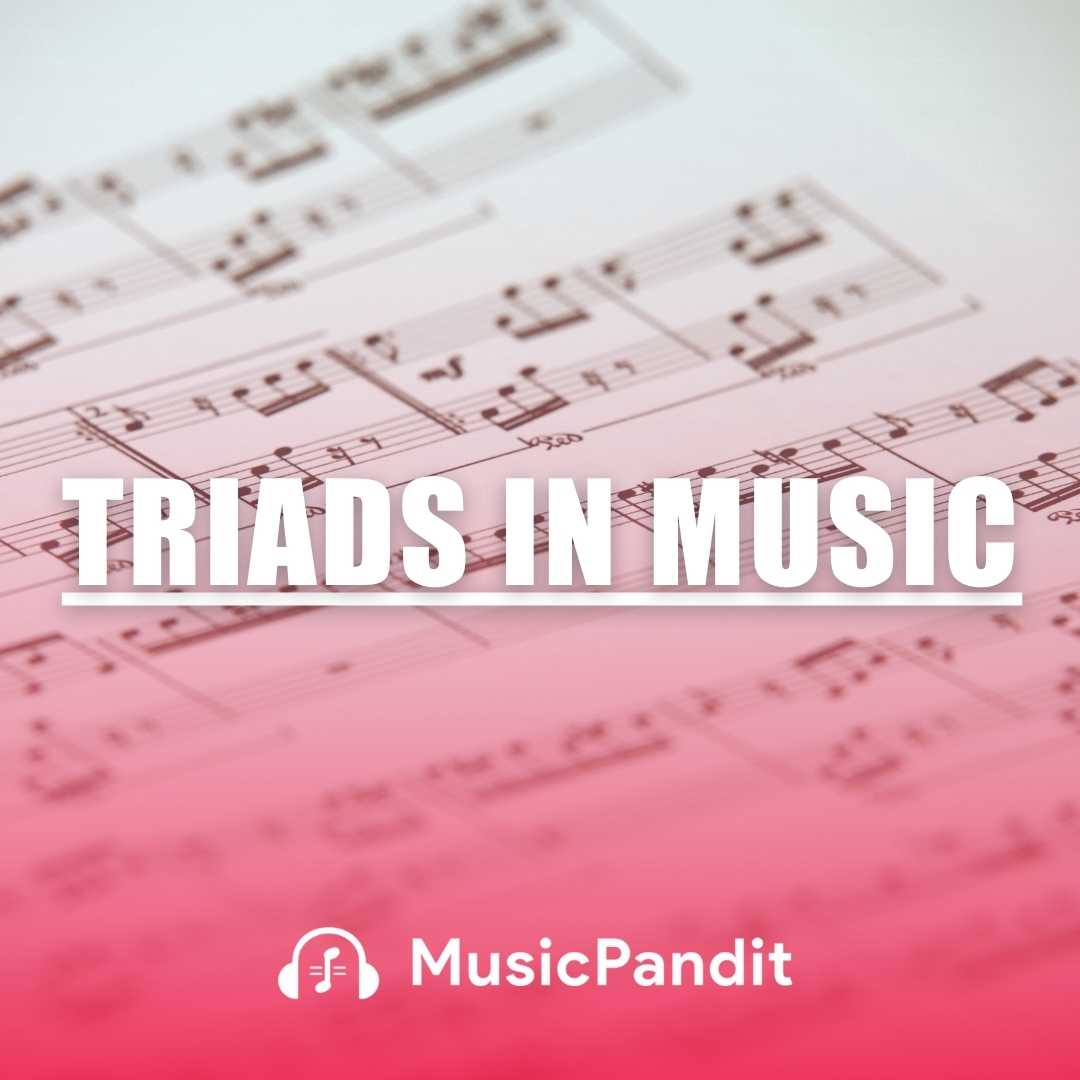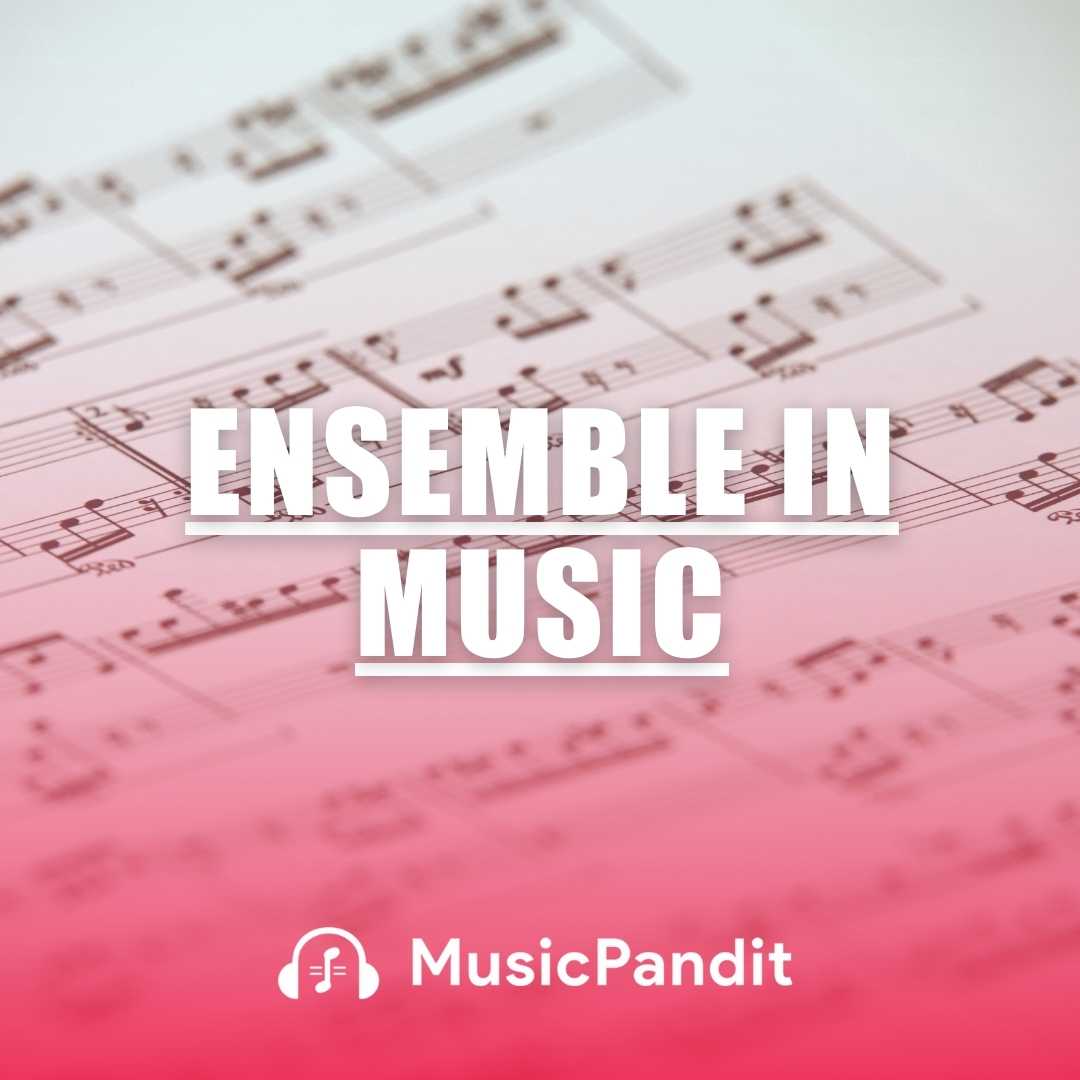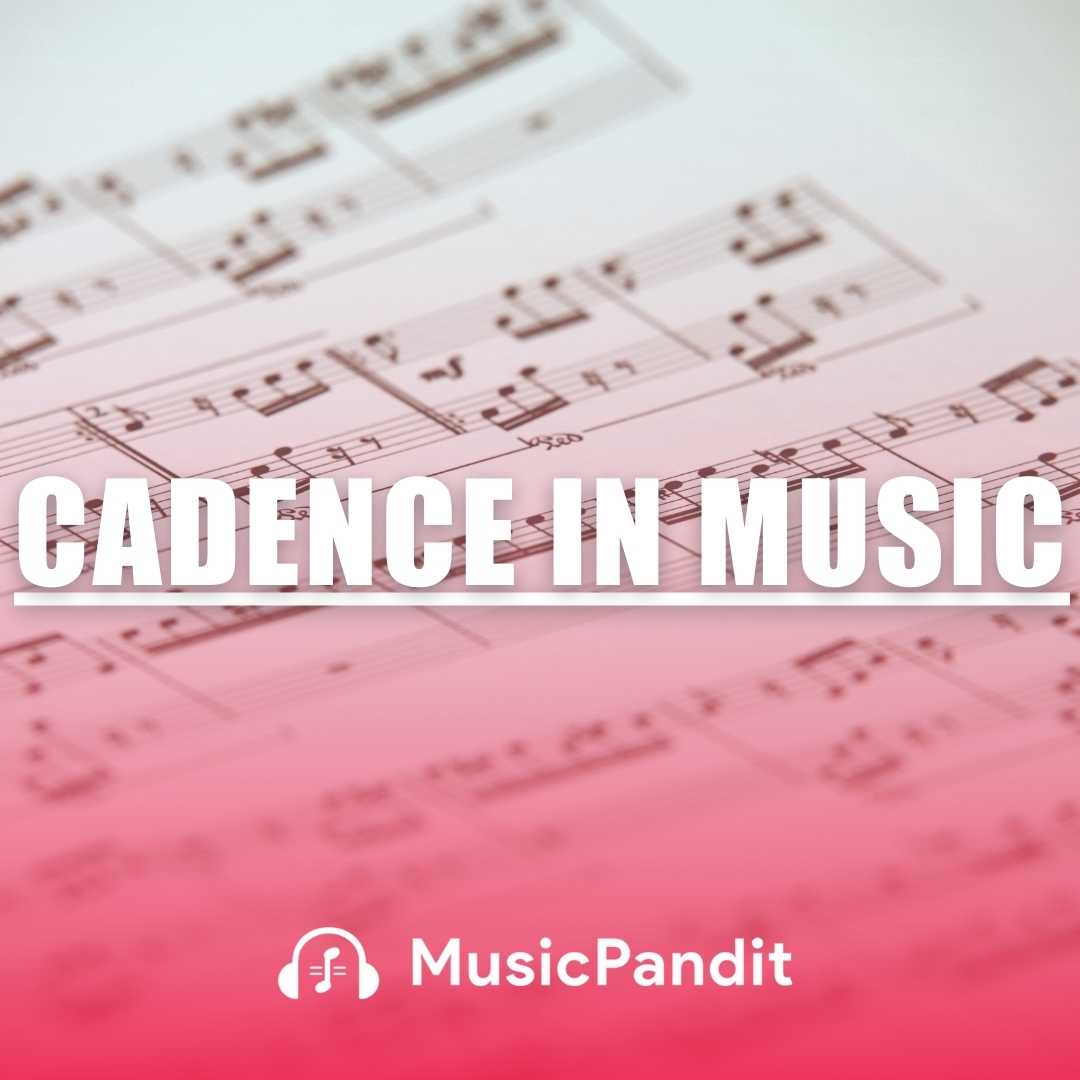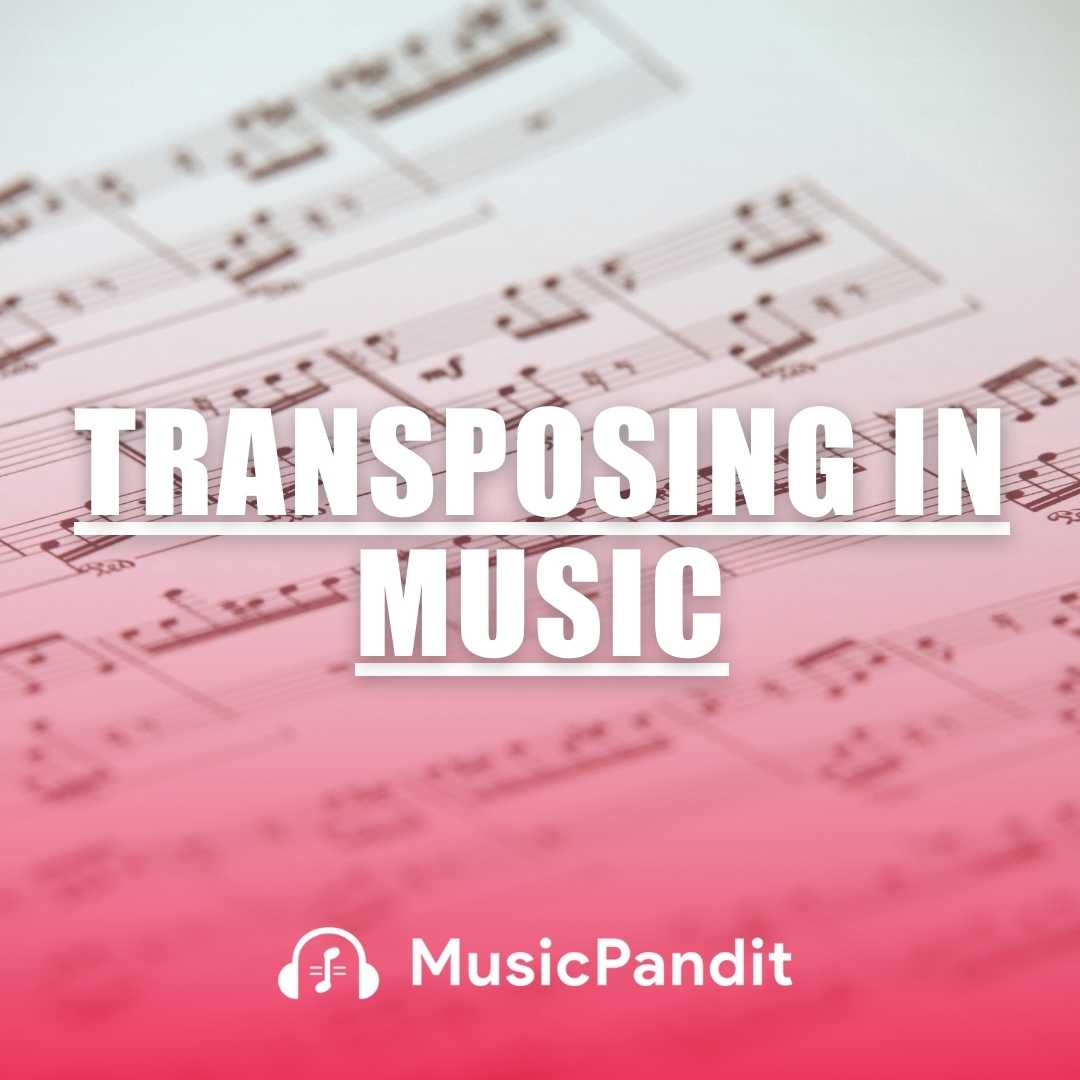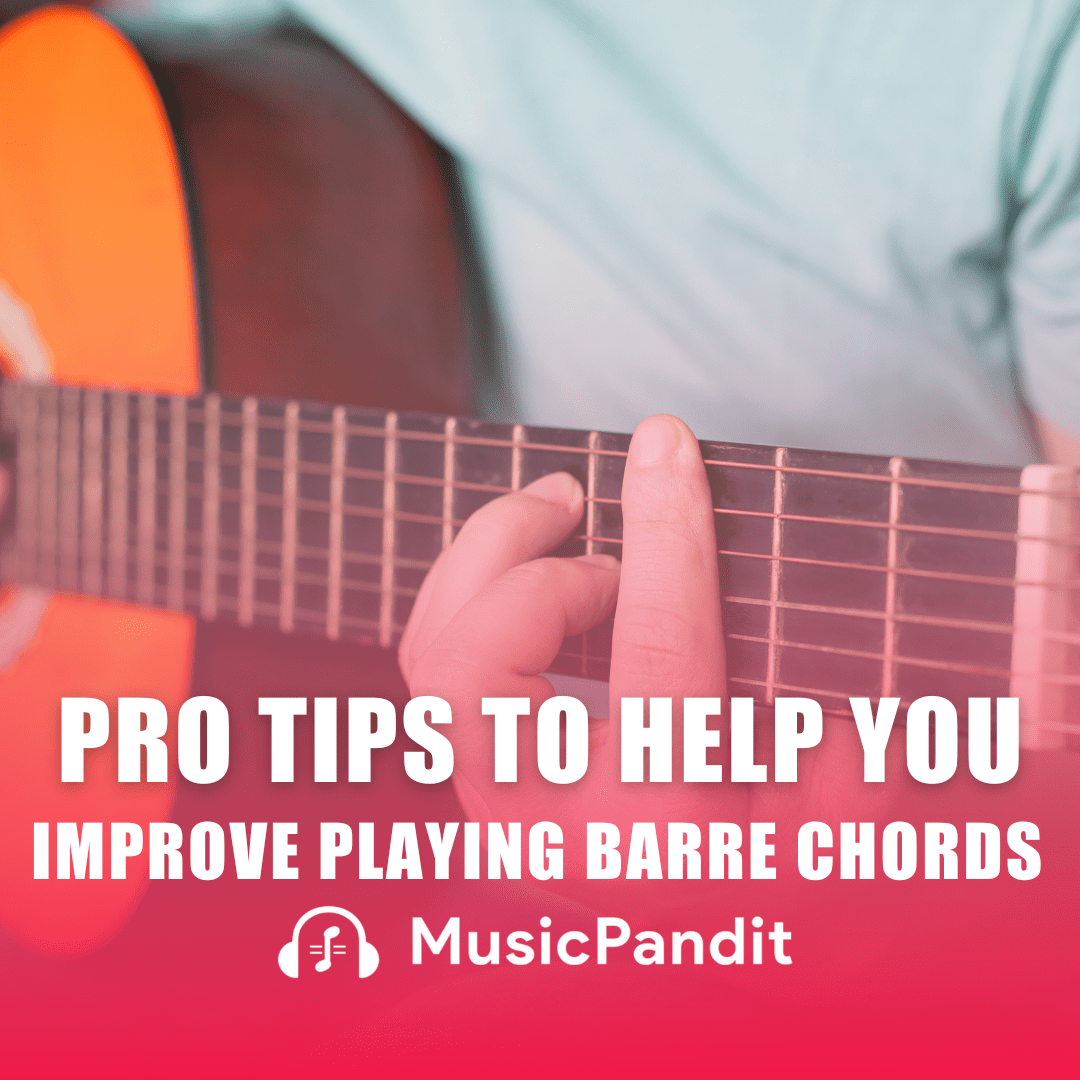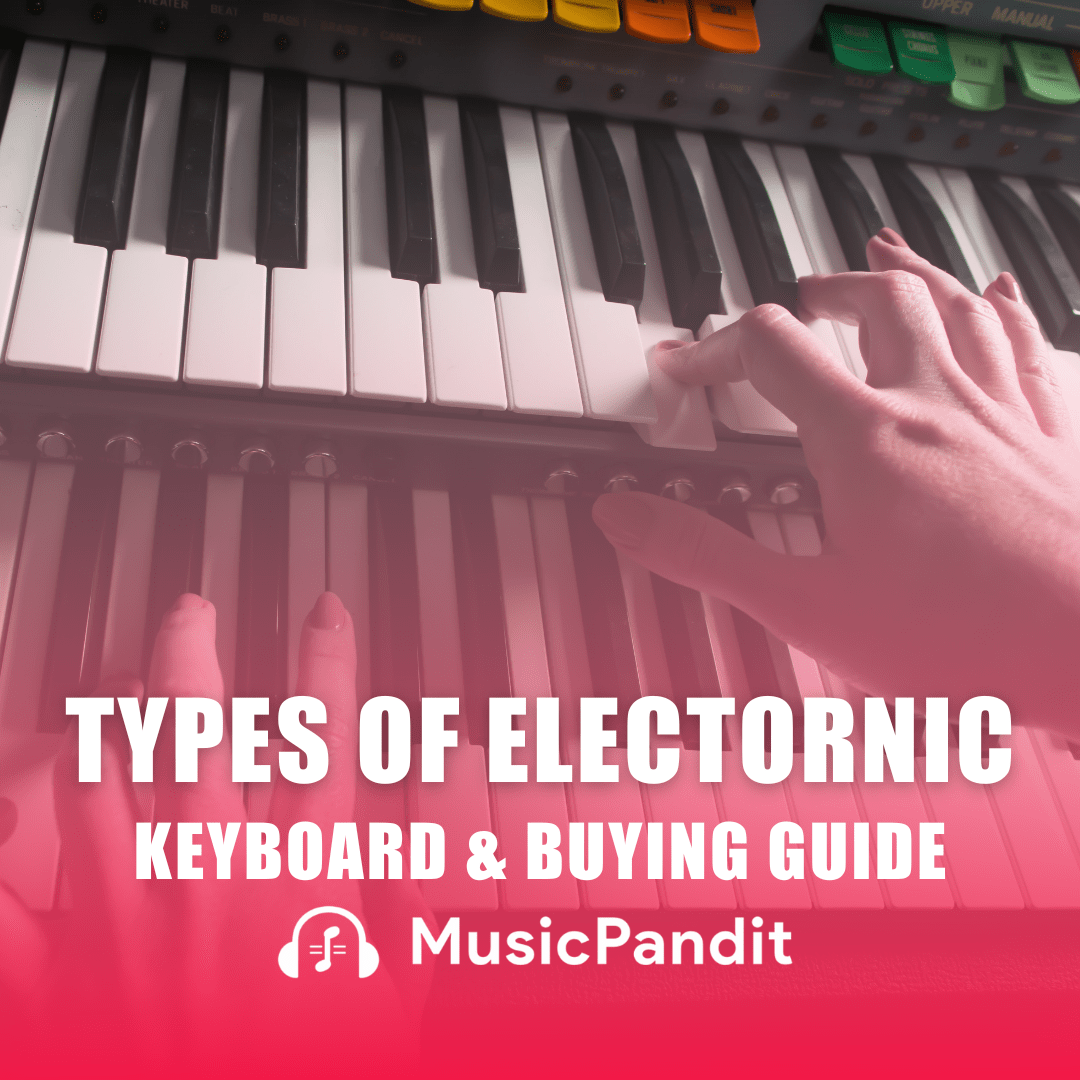Music is more than just notes on a page or sounds we hear. It’s a form of expression that can convey emotions, tell stories, and connect people from different cultures and backgrounds. One of the most important elements that bring music to life is dynamics. Whether you’re a singer, instrumentalist, or simply a music lover, understanding dynamics will deepen your appreciation of music and enhance your ability to perform it.
In this article, we’ll explore what dynamics are, why they’re important, how to use them effectively, and much more. By the end of this guide, you’ll have a solid understanding of how dynamics work and how they can make your music more expressive and powerful.
What Are Dynamics in Music?
Dynamics in music refer to the variations in loudness or intensity of sound within a piece of music. In simple terms, dynamics are the changes in volume that occur as music is played or sung. These changes can range from very soft to very loud and everything in between. Dynamics are indicated in musical notation by specific symbols or terms, which musicians follow to bring the intended emotion and expression to the music.
Common Dynamic Markings
Here are some of the most common dynamic markings you’ll encounter in music:
- Pianissimo (pp): Very soft
- Piano (p): Soft
- Mezzo-piano (mp): Moderately soft
- Mezzo-forte (mf): Moderately loud
- Forte (f): Loud
- Fortissimo (ff): Very loud
In addition to these basic markings, you may also see terms like crescendo (gradually getting louder) and decrescendo or diminuendo (gradually getting softer).
The Importance of Dynamics in Music
Expressing Emotion
Dynamics play a crucial role in conveying the emotion and mood of a piece of music. A gentle piano passage can evoke feelings of calm and serenity, while a powerful forte section can create excitement or intensity. By carefully controlling dynamics, musicians can express a wide range of emotions, from joy and excitement to sadness and tension.
Creating Contrast
Contrast is a vital element in music, and dynamics are one of the primary tools for creating it. A piece that maintains the same dynamic level throughout can quickly become monotonous. By varying the dynamics, musicians can keep the listener engaged and add depth to the music.
Enhancing Musical Structure
Dynamics help to shape the overall structure of a piece of music. They can highlight important sections, build tension before a climactic moment, or bring a sense of resolution at the end of a piece. In this way, dynamics contribute to the storytelling aspect of music, guiding the listener through different musical ideas and emotions.
How to Use Dynamics Effectively
Understanding the Context
Before deciding how to apply dynamics in your performance, it’s important to understand the context of the music. What is the piece trying to convey? What emotions should the audience feel? By answering these questions, you can make informed decisions about when and how to use dynamics.
Start with the Composer’s Intent
Most pieces of music come with dynamic markings provided by the composer. These markings give you clues about how the music should be played. For example, if a section is marked piano, the composer likely intended for it to be soft and delicate. However, there’s often room for interpretation, and skilled musicians will use their judgement to adjust dynamics based on the performance setting and their own musical instincts.
Practise Dynamic Control
Control is key when it comes to dynamics. It’s not just about playing loudly or softly; it’s about making smooth and deliberate transitions between different dynamic levels. Practice playing scales, arpeggios, or simple pieces with varying dynamics to build this control. Start with a soft dynamic and gradually increase to a loud dynamic, then return to soft again. This exercise will help you develop the ability to make gradual and controlled changes in volume.
Use Dynamics to Shape Phrases
In music, a phrase is a group of notes that feels complete, similar to a sentence in language. Just as a speaker uses inflection to add meaning to their words, a musician can use dynamics to shape phrases and add expression. For example, you might start a phrase softly and build to a louder dynamic, creating a sense of growth or momentum. Experiment with different dynamic shapes to see how they change the character of the phrase.
Consider the Acoustics
The acoustics of the performance space can have a significant impact on how dynamics are perceived. A small, intimate space may require less contrast in dynamics, while a large concert hall might necessitate more exaggerated dynamic changes. Be mindful of the environment and adjust your dynamics accordingly to ensure your performance is effective.
The Use of Dynamics in Different Musical Genres
Classical Music
Dynamics are a fundamental aspect of classical music. Composers like Beethoven, Mozart, and Chopin were masters of using dynamics to create drama, emotion, and contrast in their compositions. In classical music, you’ll often find a wide range of dynamics, from the softest pianissimo to the most powerful fortissimo. Performers are expected to follow these dynamic markings closely to bring out the intended expression of the music.
Pop and Rock Music
In pop and rock music, dynamics are often used to create impact and excitement. For example, a song might start with a soft verse and build to a loud, energetic chorus. This use of dynamics helps to create contrast between different sections of the song and keeps the listener engaged. In live performances, musicians may exaggerate dynamics even further to create a more powerful experience for the audience.
Jazz
Jazz musicians use dynamics in a more spontaneous and improvisational way. While there may be dynamic markings in a jazz chart, performers often have the freedom to interpret them as they see fit. Dynamics in jazz can be subtle or dramatic, depending on the style of the piece and the mood the musicians want to create.
Film and Video Game Music
In film and video game music, dynamics are used to enhance the storytelling and emotional impact of the visuals. A quiet, tense moment might be underscored by soft, barely audible music, while a climactic battle scene might be accompanied by loud, powerful music. Composers in these genres often use dynamics to create a sense of ebb and flow, guiding the audience’s emotions as the story unfolds.
Instrument-Specific Considerations
Dynamics for Vocalists
For singers, dynamics are closely tied to breath control. To sing softly, you need to manage your breath carefully to avoid running out of air. Singing loudly requires more breath support, but it’s important not to strain your voice. Practice using different dynamics while maintaining good vocal technique, and pay attention to how your tone changes with different volumes.
Dynamics for Pianists
Pianists can control dynamics by adjusting the force with which they press the keys. Pressing the keys gently produces a soft sound, while pressing them firmly creates a louder sound. However, it’s not just about the strength of your fingers—using your entire arm and controlling your wrist can help you achieve a wider range of dynamics. Additionally, the use of the piano pedals can affect dynamics; for example, the damper pedal can sustain notes and create a fuller sound, which can impact the overall dynamic level.
Dynamics for String Players
String players, such as violinists or cellists, control dynamics through the pressure and speed of the bow. Applying more pressure and using a faster bow stroke will produce a louder sound, while a lighter touch and slower bow movement create a softer sound. String players can also vary dynamics by changing the point of contact between the bow and the string—closer to the bridge for a louder sound and closer to the fingerboard for a softer sound.
Dynamics for Wind and Brass Players
For wind and brass players, dynamics are controlled by breath pressure and embouchure (the way the mouth is shaped around the instrument). More breath pressure results in a louder sound, while less pressure creates a softer sound. It’s important for wind and brass players to practise dynamic control to avoid going out of tune or producing an unsteady tone at different dynamic levels.
Dynamics for Percussionists
Percussionists, including drummers, use dynamics to add texture and excitement to the music. Dynamics are controlled by the force with which they strike the instrument and the type of mallet or stick they use. For example, a drummer might use softer sticks or brushes to play quietly or switch to heavier sticks for a louder sound. Percussionists must also be mindful of balance, ensuring that their dynamic level complements the other instruments in the ensemble.
Benefits of Using Dynamics in Music
Enhances Expressiveness
Using dynamics effectively can make your music more expressive and emotionally resonant. It allows you to convey a wide range of feelings and moods, making your performance more engaging for the audience.
Improves Musicality
Practising dynamics helps develop a deeper sense of musicality. It encourages you to listen more carefully to your playing or singing, leading to more nuanced and refined performances.
Develops Technical Skills
Mastering dynamics requires control and precision, which can improve your overall technique on your instrument or with your voice. This control will also benefit other aspects of your playing or singing, such as articulation and phrasing.
Fosters Creativity
Experimenting with dynamics can inspire creativity in your music-making. By trying out different dynamic levels and transitions, you can discover new ways to interpret and perform a piece, making it uniquely your own.
Related Topics to Explore
Articulation refers to the way individual notes are played or sung. Different articulations, such as staccato (short and detached) or legato (smooth and connected), can affect the overall dynamic level of the music. Understanding the relationship between dynamics and articulation will help you create more nuanced performances.
Tempo
Tempo refers to the speed at which a piece of music is played. While tempo is not directly related to dynamics, the two elements often work together to shape the overall character of a piece. For example, a fast tempo with soft dynamics can create a sense of urgency, while a slow tempo with loud dynamics can feel grand and powerful. Understanding how tempo and dynamics interact will give you more tools for expressive performance.
Timbre
Timbre is the quality or colour of the sound produced by an instrument or voice. Different timbres can affect how dynamics are perceived. For instance, a trumpet and a flute may play at the same dynamic level, but their distinct timbres will make the trumpet sound more piercing and the flute sound more gentle. Musicians can use timbre in conjunction with dynamics to create a wide range of expressive effects.
Balance
Balance refers to the relationship between the dynamic levels of different instruments or voices within an ensemble. Achieving good balance is crucial for ensuring that all parts of the music are heard clearly. Musicians must listen to each other and adjust their dynamics accordingly, making sure that no one part overwhelms the others unless it is intended to do so.
Crescendo and Decrescendo
Crescendo and decrescendo are dynamic markings that indicate gradual changes in volume. A crescendo means to gradually get louder, while a decrescendo (or diminuendo) means to gradually get softer. These techniques can add drama and tension to the music, leading to a climactic moment or a gentle resolution. Practising smooth crescendos and decrescendos will improve your control over dynamics and enhance your overall musicality.
Dynamics in Digital Music Production
In today’s music world, dynamics are also manipulated digitally using software in music production. Producers can adjust the dynamic range of a track, compress or expand volume levels, and automate crescendos and decrescendos with precision. Understanding how dynamics work in both live and recorded music will give you a comprehensive understanding of this essential musical element.
Tips for Practising Dynamic Control
Start Simple
When first learning to control dynamics, it’s helpful to start with simple exercises. Play or sing a single note or scale at different dynamic levels, paying close attention to how you control the volume. Gradually increase the complexity of your exercises as you become more comfortable with dynamic control.
Record Yourself
Recording your practice sessions can be a valuable tool for improving your dynamics. Listen back to the recording and assess how well you controlled the dynamics. Did you achieve the intended dynamic contrast? Were your crescendos and decrescendos smooth? Use the recording to identify areas for improvement.
Practice with a Metronome
Practising dynamics with a metronome can help you maintain steady timing while focusing on volume changes. Try playing or singing a passage at different dynamic levels while keeping a consistent tempo. This exercise will help you develop coordination between your dynamic control and rhythmic accuracy.
Experiment with Repertoire
Choose a piece of music from your repertoire and experiment with different dynamic interpretations. Play or sing it once as written, then try changing the dynamics to see how it affects the character of the piece. This experimentation will help you develop a deeper understanding of how dynamics influence music.
Listen to Professional Performances
Listening to recordings of professional musicians can provide inspiration and insight into how dynamics are used effectively. Pay attention to how they control dynamics, shape phrases, and create contrast within the music. Try to apply what you hear to your own practice.
Conclusion
Dynamics are a vital component of music that bring depth, emotion, and expressiveness to performances. Understanding and mastering dynamics will not only improve your technical skills but also enhance your overall musicality. Whether you’re playing a gentle lullaby, an energetic rock anthem, or a dramatic symphony, dynamics are the key to making your music come alive.
As you continue your musical journey, remember that dynamics are not just about playing loud or soft—they’re about telling a story, conveying emotion, and connecting with your audience. So, keep experimenting, practising, and exploring the wonderful world of dynamics, and watch as your music transforms into something truly special.

